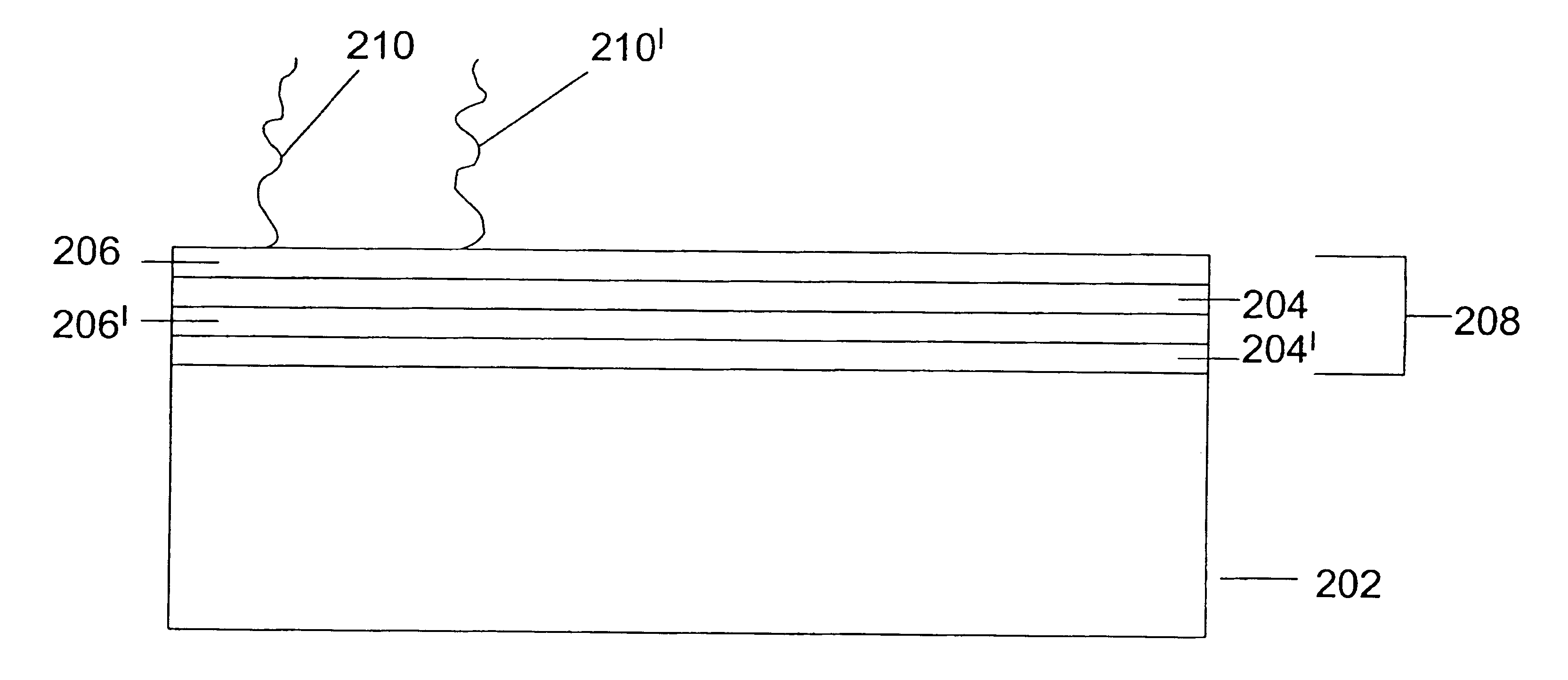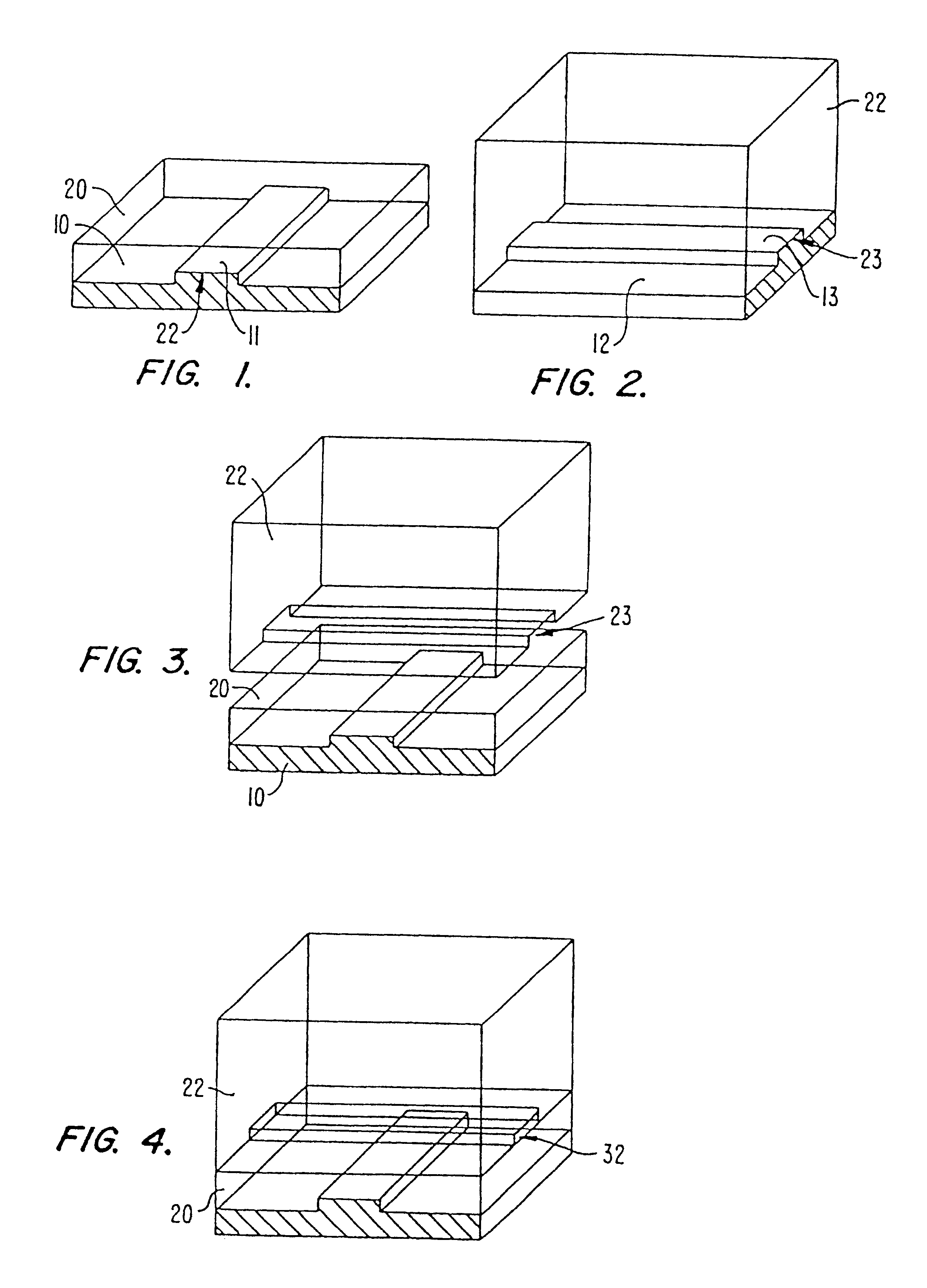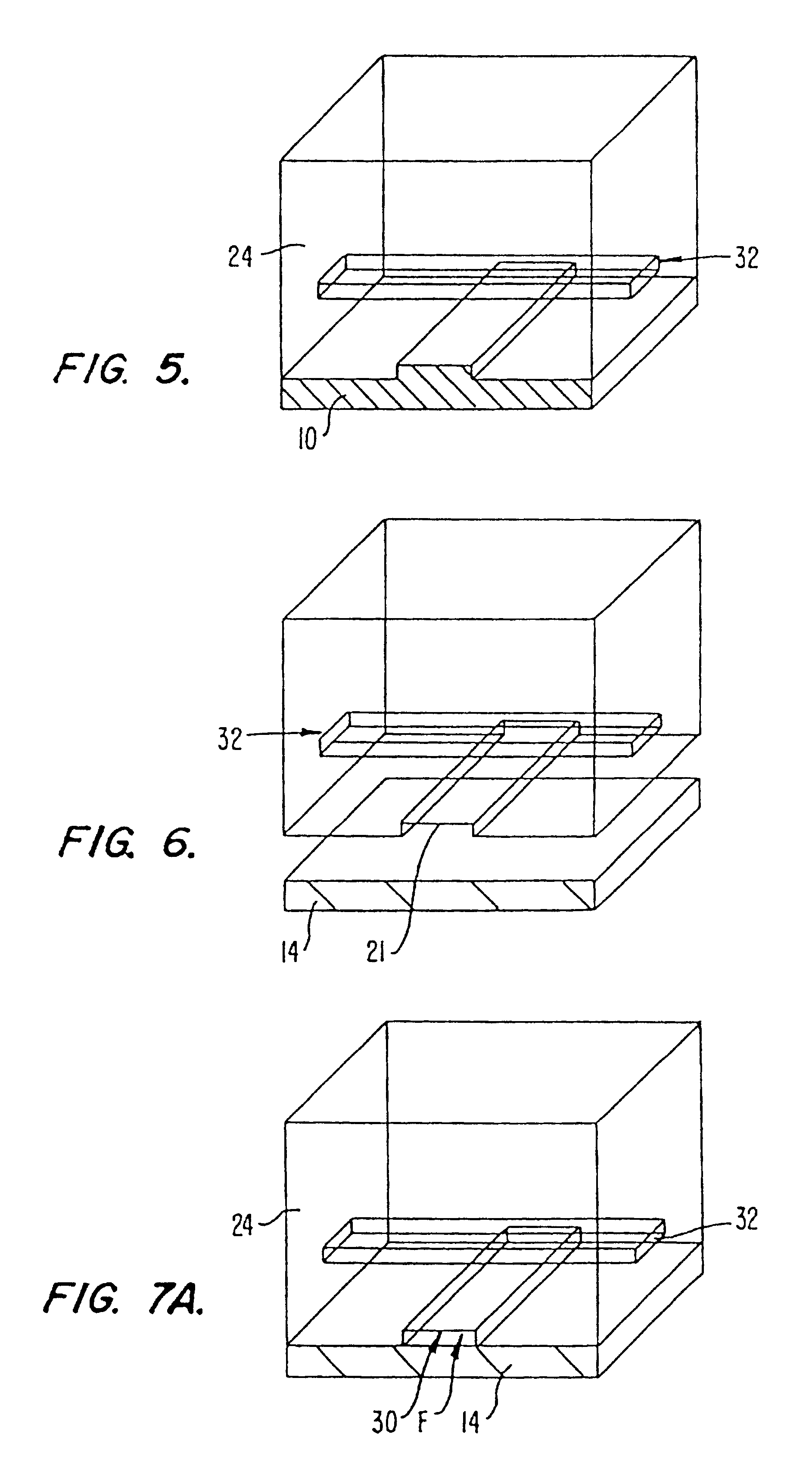Methods and apparatus for analyzing polynucleotide sequences
a polynucleotide sequence and analysis method technology, applied in the direction of fluid speed measurement, positive displacement liquid engine, chemical vapor deposition coating, etc., can solve the problems of time-consuming, insufficient automatic sequencer, and many disadvantages of the above-mentioned methods
- Summary
- Abstract
- Description
- Claims
- Application Information
AI Technical Summary
Benefits of technology
Problems solved by technology
Method used
Image
Examples
Embodiment Construction
I. Overview
[0053]The present invention provides methods and apparatuses for analyzing polynucleotide sequences.
[0054]In some methods, the sequencing apparatuses comprise a microfabricated flow channel to which polynucleotide templates are attached. Optionally, the apparatuses comprise a plurality of microfabricated channels, and diverse polynucleotide templates can be attached to each channel. The apparatuses can also have a plurality of reservoirs for storing various reaction reagents, and pumps and valves for controlling flow of the reagents. The flow cell can also have a window to allow optical interrogation.
[0055]In these methods, single stranded polynucleotide templates with primers are immobilized to the surface of the microfabricated channel or to the surface of reaction chambers that are disposed along a microfabricated flow channel, e.g., with streptavidin-biotin links. After immobilization of the templates, a polymerase and one of the four nucleotide triphosphates are flow...
PUM
| Property | Measurement | Unit |
|---|---|---|
| Tm | aaaaa | aaaaa |
| temperature | aaaaa | aaaaa |
| pH | aaaaa | aaaaa |
Abstract
Description
Claims
Application Information
 Login to View More
Login to View More - R&D
- Intellectual Property
- Life Sciences
- Materials
- Tech Scout
- Unparalleled Data Quality
- Higher Quality Content
- 60% Fewer Hallucinations
Browse by: Latest US Patents, China's latest patents, Technical Efficacy Thesaurus, Application Domain, Technology Topic, Popular Technical Reports.
© 2025 PatSnap. All rights reserved.Legal|Privacy policy|Modern Slavery Act Transparency Statement|Sitemap|About US| Contact US: help@patsnap.com



